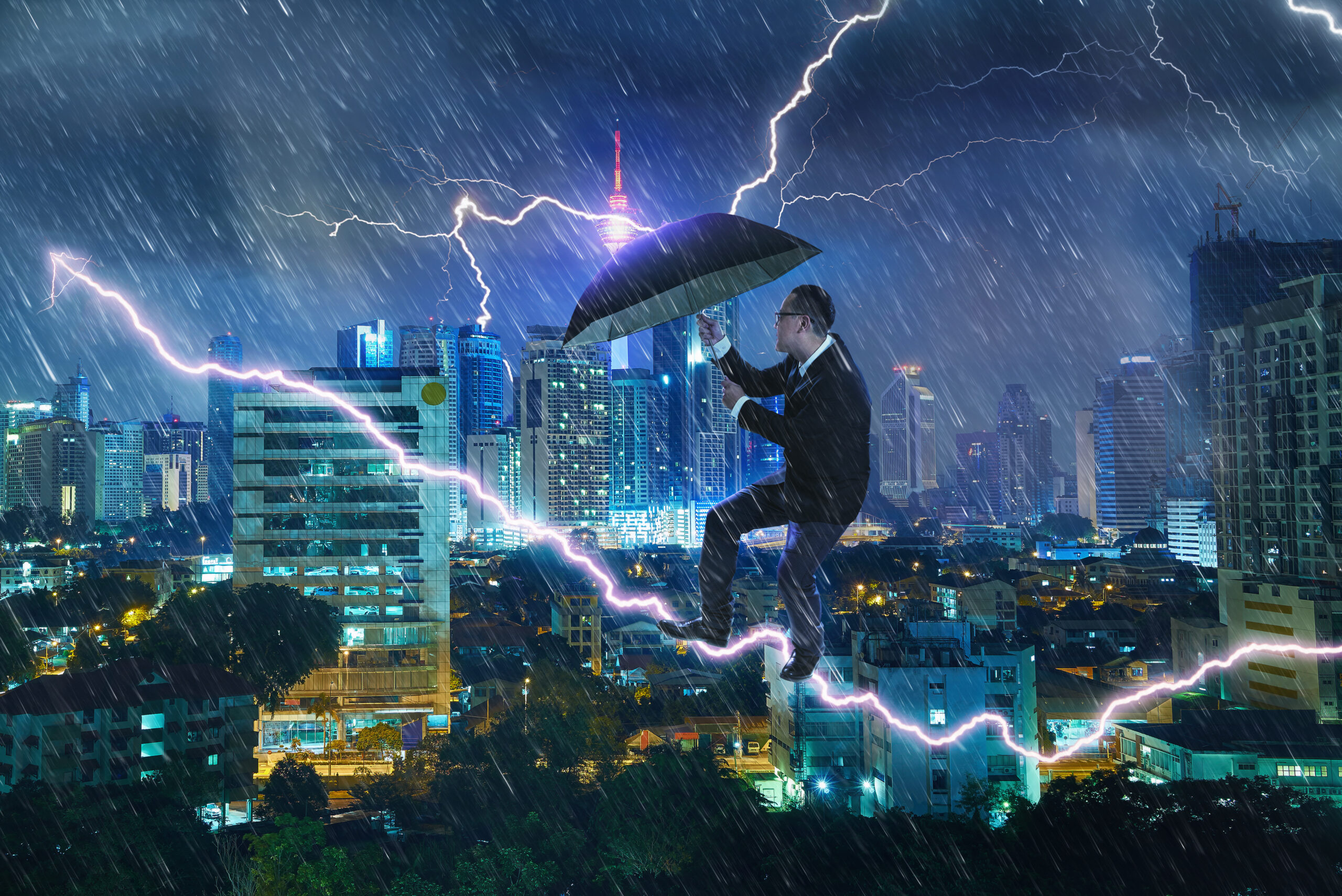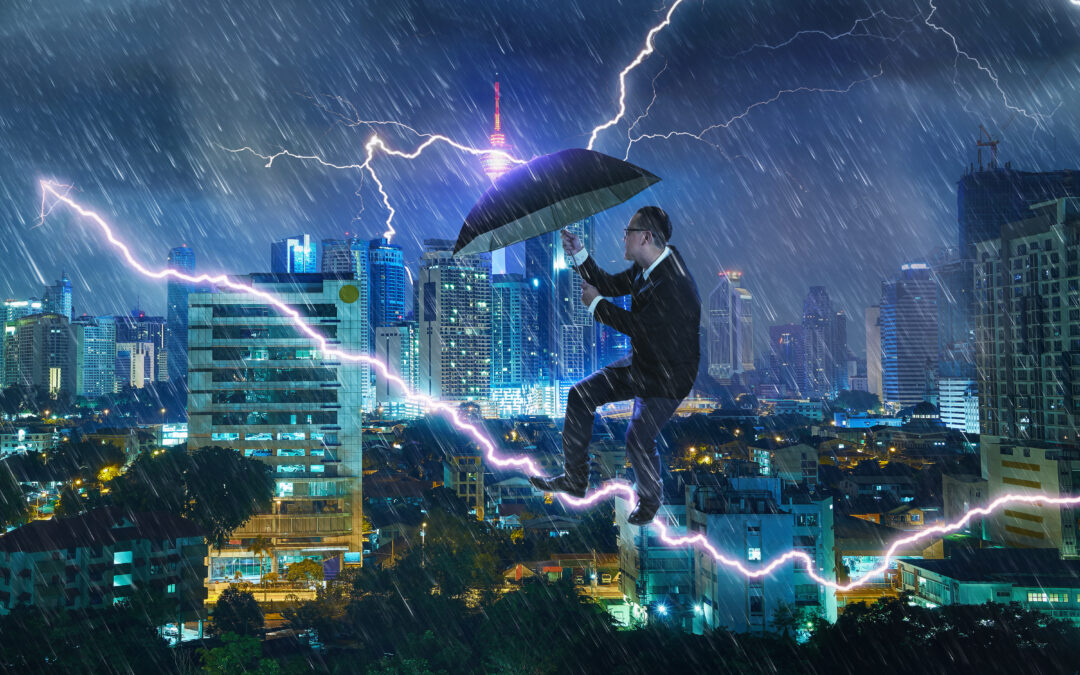Are you ready for the unexpected? Emergencies can strike at any time, and being prepared is essential to keep your family safe. In this blog post, we will show you how to build a home emergency kit in just 30 minutes or less.
Introduction:
Emergency Preparedness Starts with You!
An emergency can happen anywhere, anytime. It could be a natural disaster like an earthquake or hurricane, or it could be something more personal like a house fire or medical emergency. When an emergency strikes, having a plan and being prepared can make all the difference. Building a home emergency kit is one of the most important steps you can take to ensure that you are ready for whatever life throws your way.

What to Include in Your Emergency Kit:
The key to building a comprehensive emergency kit is to think about what you would need if you were suddenly forced to evacuate your home or shelter-in-place for several days. Here are some essentials that should be included in every emergency kit:
1. Water – One gallon per person, per day (minimum three-day supply)
2. Food – Non-perishable items that won’t spoil (minimum three-day supply)
3. Flashlights/Batteries – Make sure they are easy to find and accessible
4. First Aid Kit – Bandages, antiseptic wipes, pain relievers, etc.
5. Multi-Tool – Knife, pliers, screwdriver, etc.
6. Radio – Battery operated radio with extra batteries
7. Whistle – To signal for help
8. Dust Masks – N95 respirator masks to protect against airborne contaminants
Thank you for reading this post, don't forget to subscribe NOW for FREE!
How to Organize Your Emergency Kit:
Organizing your emergency kit is crucial so that you can quickly locate everything when you need it most. Consider using a plastic container or backpack to store your supplies. Label each item clearly so that everyone knows where everything is located. Keep your emergency kit in a designated area that is easily accessible, such as near your front door or in a closet by the garage.
Where to Store Your Emergency Kit:
Ideally, your emergency kit should be stored somewhere close to your exit point, such as near your front door or in a closet by the garage. If you live in an area prone to flooding, consider storing your emergency kit on higher ground or elevating it off the floor. Remember, your emergency kit should be easily accessible so that you can grab it quickly in case of an emergency.
Additional Items to Consider:
In addition to the basics listed above, there are many other items that you may want to include in your emergency kit depending on your specific needs. Some additional items to consider include:
1. Extra clothing and blankets
2. Pet food and water bowls
3. Important documents (passports, birth certificates, insurance policies)
4. Cash and change
5. Matches or lighters
6. Sewing kit
Conclusion:
Being prepared for an emergency takes planning and practice. By taking the time to build a home emergency kit now, you can rest easier knowing that you and your loved ones will be able to weather any storm. Remember, emergency preparedness starts with you!
Related Content
- What’s the One Thing You’re Forgetting in Your Hurricane Plan?
- What’s the most effective way to fortify my home during a crisis?
- Why are Oil Prices and Food Prices Rising So Much?
- How to Protect Your Digital Life in a Crisis
- States vs. Federal Government: A Warning from History and the Need for Preparedness






